Below is an illustration from the Minneapolis Police Department's official training materials on how to safely and properly subdue a suspect suffering from "excited delirium," a potentially lethal medical condition which, due to the rising use and abuse of illicit drugs, has grown to epidemic proportions on the streets of America.
Look closely. The depicted suspect is flat on the ground with his head turned to the side in what the illustration calls "the recovery position to alleviate positional asphyxia." The officer on the left is kneeling on the side of the suspect's neck.
Look familiar?
Could this and related parts of the officially approved and mandated Minneapolis Police Department (MPD) training curriculum be why former Minneapolis Police Officer Derek Chauvin saw fit to kneel on the side of George Floyd's neck? And could it be the reason why former officers Thomas Lane, J. Alexander Kueng, and Tou Thao assisted Chauvin as he knelt on the side of Floyd's neck?
As will be explained in detail below, throughout Floyd's confrontation with the police, he was at imminent risk of death from sudden cardiac arrhythmia caused by excited delirium. So it was that these officers followed the MPD's official procedures for how to properly and safely subdue someone in that life-threatening condition. In doing so, they were not only keeping Floyd in the prescribed "recovery position" to alleviate his risk of asphyxiation, they were also keeping an agitated and delirious Floyd from harming himself as they awaited the arrival of the ambulance that they had twice summoned to provide medical aid to him.
So where are these well-intentioned, well-trained, and dutiful public servants today? They are in jail awaiting trial on murder and aiding and abetting charges after having been universally condemned in the news media and used by neo-Marxists and opportunistic criminals across the country as a pretext to riot, loot, and burn. And, while they sit in their cells, not one Minneapolis official, from Mayor Jacob Frey to Police Chief Medaria Arradondo or any member of City Council, has come forward to acknowledge that, in subduing Floyd, these law officers were acting in meticulous accordance with the MPD training and directives designed to reduce the risk of harm to persons suffering excited delirium.
In fact, after Chauvin, Lane, Kueng, and Thao were summarily fired by the MPD, Chief Arradondo apologized to Floyd's family and acknowledged his department's purported role in creating "the deficit of hope" that he claims existed in Minneapolis even prior to Floyd's death.
"I am absolutely sorry for the pain, the devastation and trauma that Mr. Floyd's death has left on his family, his loved ones, our community in Minneapolis and certainly across the country and the world," Chief Arradondo announced in a news conference.
For its part, the Minneapolis City Council has acted to defund and dismantle the police department.
All of this, mind you, from the very officials who are ultimately responsible for the training and directives that the defendant officers followed to the letter in their attempt to safely subdue Floyd, who was under the influence of a massively lethal overdose of fentanyl and exhibiting the unmistakable signs of the deadly excited delirium.
By their hypocrisy and cowardice, these blame-shifting public officials, desperate to preserve their political careers and places at the public trough, have tossed these police officers to the howling mob.
As I explained in my recent American Spectator article "Who Killed George Floyd?," "the physical, scientific, and electronically recorded evidence in the case overwhelmingly and conclusively proves that these defendants are not guilty of the charges and, in fact, played no material role in bringing about Floyd's death."
That article spelled out in detail certain key facts, including, but not limited to, the following:
- During his interaction with police, George Floyd was suffering the effects of a self-administered toxic overdose of fentanyl, a dangerously powerful synthetic painkiller signs of which "include severe respiratory depression, seizures, hypotension, coma and death." According to his toxicology report, Floyd had over three times the potentially lethal amount of fentanyl in his blood when he expired.
- Before he was restrained on the ground by the police, an upright and mobile Floyd complained seven times that he "can't breathe."
- Police twice called for Emergency Medical Services to render aid to Floyd. These calls for medical aid contradict the popular narrative that the defendants acted intentionally and against their own self interest to brutally kill Floyd in public before witnesses with video cameras.
- Floyd's autopsy report states the following: No life-threatening injuries identified
- No facial, oral, mucosal, or conjunctival petechiae
- No injuries of anterior muscles of neck or laryngeal structures
- No scalp soft tissue, skull or brain injuries
- No chest wall soft tissue injuries, rib fractures (other than a single rib fracture from CPR), vertebral column in juries, or visceral injuries
- Incision and subcutaneous dissection of posterior and lateral neck, shoulders, back, flanks, and buttocks negative for occult trauma.
My previous article did not address in any detail the reasons why the defendants acted as they did in subduing Floyd. That will be the purpose of this article, and, as you will see, every action of the defendants was in accordance with their official MPD training, which set forth the procedures police officers are to use in dealing with a suspect who appears to be suffering excited delirium. These procedures — which include kneeling on the side of a suspect's neck — are designed to enable the police to safely subdue an agitated, incoherent, non-compliant individual in the throes of excited delirium. In short, as will be discussed in detail, these defendants are now in jail because they followed their training and acted to minimize Floyd's risk of death from sudden onset of cardiac arrhythmia.
So, what is excited delirium? In support of his well-crafted Motion to Dismiss, the very able defense counsel for former Officer Lane filed with the court the above and below illustrations taken from the MPD's training materials. This one provides a definition of excited delirium:
In addition to the factors listed in the illustration, the medical literature provides other signs of excited delirium, including, but not limited to, the following:
- Extreme fear response.
- Suspicion of impending death evidenced by comments such as "I'm dying," "Please save me," or Don't kill me."
- Incoherence or disorganized speech.
- Mania, paranoia, anxiety, or avoidance behavior.
- Constant motion or hyperactivity.
The transcript of the video footage from the camera worn by Officer Thomas Lane combined with the transcript of the video from Officer Alexander Kueng's camera lay out on a second-by-second basis all that transpired in their presence from the time they arrived on the scene through Lane's ambulance trip with Floyd to the hospital.
Upon their arrival, Lane and Kueng were told by a person identified as "Speaker 1" that a man in the "blue [Mercedes] Benz" parked in front of "Cup Foods" had passed "a fake [$20] bill." As the officers approached the car, they observed concerning movements in the front seat by the person later identified as Floyd.
Lane drew his sidearm and ordered Floyd approximately seven times to show his hands. Once Floyd finally placed his hands on the steering wheel, Lane holstered his weapon. Nevertheless, Floyd continued to plead with Lane not to shoot him despite Lane's repeated assurances that he was not going to shoot.
After he exited the car, Floyd was non-compliant and continued to resist and move about until he was handcuffed and seated on the sidewalk.
Lane and Kueng questioned Floyd and the other two occupants of the car concerning Floyd's behavior and whether he might be under the influence of drugs.
As the officers tried to move Floyd to a police car, the following exchange occurred (emphasis added throughout)
Lane to Floyd: What, are you on something right now?Later in the video transcripts are these exchanges:
Floyd: No, nothing.
Kueng: Because you are acting a little erratic.
Lane: Let's go. Let's go.
Floyd: I'm scared, man.
Lane: Let's go.
Kueng: You got foam around your mouth, too?
Floyd: Yes, I was just hooping earlier.
Lane: Let's go.
Floyd: Man, all right let me calm down now. I'm feeling better now.
Lane: Keep walking.
Floyd: Can you do me one favor, man?
Lane: No, when we get to the car. Let's get to the car, man, come on.
Kueng: Stop moving around.
Floyd: Oh man, God don't leave me man. Please man, please man.
Lane to Kueng: Here. I want to watch that car [the blue Mercedes Benz] too, so just get him in [the police car].
Kueng to Floyd: Stand up, stop falling down! Stay on your feet and face the car door!
Floyd: I'm claustrophobic man, please man, please.
Floyd: Please, man. Don't leave me by myself man, I'm just claustrophobic, that's it.As the officers continued their efforts to get Floyd into the police car, he continued to resist and repeatedly insisted that he was "claustrophobic." Floyd hit his head on the car's window and suffered a minor cut. Consequently, the police placed a "Code 2" call for Emergency Medical Services to tend to the wound.
Lane: Well, you're still going in the [police] car.
***
Kueng to Floyd: Why are you having trouble walking?
Floyd: Because officer [inaudible]
Lane: I'll roll the windows down, okay?
***
Kueng to Floyd at the door to the squad car: Take a seat!
Floyd: Y'all I'm going to die in here! I'm going to die, man!
Kueng: You need to take a seat right now!
Floyd: And I just had COVID man, I don't want to go back to that.
Lane: Okay, I'll roll the windows down. Hey, listen!
Floyd: Dang, man.
Lane: Listen!
Floyd: I'm not that kind of guy.
Lane: I'll roll the windows down if you put your legs in [the squad car] all right? I'll put the air on.
***
Speaker 9 [civilian] to Floyd: Quit resisting bro.
Floyd: I don't want to win. I'm claustrophobic, and I got anxiety, I don't want to do nothing to them!
Lane: I'll roll the window down.
Floyd: I'm scared as fuck man.
Speaker 9: That's okay [inaudible]
Floyd: [inaudible] when I start breathing it's going to go off on me, man.
Lane: Pull your legs in.
Floyd: Okay, okay, let me count to three and then I'm going in please.
Speaker 9: You can't win!
And then, after Kueng told him once again to "take a seat" in the squad car, Floyd announced, "I can't choke, I can't breathe Mr. Officer! Please! Please!"
Then this was said:
Floyd: I want to lay on the ground. I want to lay on the ground. I want to lay on the ground!All of this happened before Floyd was on the ground and immobilized by the police. Nevertheless, as he continued to resist and behave irrationally, his extremely agitated condition deteriorated and his complaints of being unable to breathe increased in frequency even though no one was applying force of any kind to his neck or compressing his back or chest.
Lane: You're getting in the squad [car].
Floyd: I want to lay on the ground! I'm going down, I'm going down, I'm going down.
Kueng: Take a squat (sic).
Floyd: I'm going down.
Speaker 9: Bro, you about to have a heart attack and shit man, get in the car!
Floyd: I know I can't breathe. I can't breathe. [crosstalk]
Lane: Get him on the ground.
Floyd: Let go of me man, I can't breathe. I can't breathe.
Lane: Take a seat.
Floyd: Please man listen to me.
Officer Chauvin: Is he going to jail?
Floyd: Please listen to me.
Kueng: He's under arrest right now for forgery. [inaudible] what's going on.
Floyd: Forgery for what? For what?
Lane: Let's take him out [of the squad car] and just MRT [Maximal Restraint Technique by which a suspect's feet are "hobbled" to his waist].
Floyd: I can't fucking breathe man. I can't fucking breathe.
Kueng: Here. Come on out [of the squad car]!
Floyd: [inaudible] Thank you. Thank you.
Officer Thao: Just lay him on the ground.
After Floyd was on the ground, he continued to move about and say that he couldn't breathe. Lane was near Floyd's feet, Kueng at the middle of Floyd's body, and Chauvin at his back and head with his knee on Floyd's neck.
Thao: Is he high on something?As Floyd continued to shout that he couldn't breathe and called for his mother, a radio transmission was recorded saying that the ambulance was approximately four blocks away. When it arrived, Lane got in the ambulance and helped to give Floyd CPR on the way to the hospital.
Kueng: I'm assuming so, we found a pipe.
Lane: He wouldn't get out of the car. He wasn't following instructions. [crosstalk] ...
Floyd: Please, I can't breathe. Please man. Please man!
Thao: Do you have EMS [Emergency Medical Services] coming code 3?
Lane: Ah code 2, we can probably step it up then. You got it? [crosstalk]
Floyd: Please, man!
Thao: Relax!
Floyd: I can't breathe.
Kueng: You're fine, you're talking fine.
Lane: Your talken (sic), Deep breath.
Floyd: I can't breathe. I can't breathe. Ah! I'll probably just die this way.
Thao: Relax.
Floyd: I can't breathe my face.
Lane: He's got to be on something.
Thao: What are you on?
Floyd: I can't breathe. Please, [inaudible] I can't breathe. Shit.
Speaker 9: Well get up and get in the car, man. Get up and get in the car.
Floyd: I will. I can't move.
Speaker 9: Let him get in the car.
Lane: We found a weed pipe on him, there might be something else, there might be like PCP or something. Is that shaking of the eyes right is PCP?
Floyd: My knees, my neck.
Lane: Where their eyes like shake back and forth really fast?
Floyd: I'm through, I'm through. I'm claustrophobic. My stomach hurts. My neck hurts. Everything hurts. I need some water or something, please. Please? I can't breathe officer.
Chauvin: Then stop talking, stop yelling.
Floyd: You're going to kill me, man.
Chauvin: Then stop talking, stop yelling, it takes a heck of a lot of oxygen to talk.
Floyd: Come on, man. Oh, oh. [crosstalk] I cannot breathe. I cannot breathe. Ah! They'll kill me. They'll kill me. I can't breathe. I can't breathe. Oh!
Speaker 8: We tried that for 10 minutes.
Floyd: Ah! Ah! Please. Please. Please.
Lane: Should we roll him on his side?
Chauvin: No, he's staying put where we got him.
Lane: Okay. I just worry about the excited delirium or whatever.
Chauvin: That's why we got the ambulance coming.
Throughout this, Floyd was exhibiting unmistakable signs of excited delirium, and, as you are about to learn, the police officers took action consistent with their training to restrain him as safely as possible under the circumstances and keep him from hurting himself while they waited for the ambulance to arrive.
In addition to the signs and symptoms of excited delirium, there are risk factors for the condition, which are listed in this MPD training illustration.
Based on his combined autopsy and toxicology reports and behavior at the scene, Floyd had all of the above risk factors.
First, as a male 46 years old, he was reasonably close in age to the illustration's "under the age of 44" rule of thumb.
Second, at the scene he was clearly under the influence of drugs. That apparent impairment is confirmed by this section of Floyd's autopsy report:
Toxicology (see attached report for full details; testing performed on antemortem blood specimens collected 5/25/20 at 9:00 p.m. at HHC and on postmortem urine)In short, Floyd was a walking drugstore, and, as explained in my previous article, on the verge of dying from a massively lethal fentanyl overdose.
- Blood drug and novel psychoactive substances screens:
- Fentanyl 11 ng/mL [nanograms per milliliter with 3 ng/mL fentanyl being potentially lethal]
- Norfentanyl 5.6 ng/mL [a metabolite of fentanyl]
- 4-ANPP 0.65 ng/mL
- Methamphetamine 19 ng/mL
- 11-Hydroxy Delta-9 THC 1.2 ng/mL; Delta-9 Carboxy THC 42 ng/mL; Delta-9 THC 2.9 ng/mL [THC being the active ingredient of cannabis]
- Cotinine positive
- Caffeine positive
- Blood volatiles: negative for ethanol, methanol, isopropanol, or acetone
- Urine drug screen: presumptive positive for cannabinoids, amphetamines, and fentanyl/metabolite
- Urine drug screen confirmation: morphine (free) 86 ng/mL
Third, Floyd had severe preexisting cardiovascular disease described in his autopsy report as "arteriosclerotic heart disease, multifocal, severe," an enlarged heart, and a "clinical history of hypertension."
Fourth, as described above, Floyd exhibited almost all of the classic "bizarre behaviors" that constitute risk factors for excited delirium.
As previously noted, excited delirium poses a serious risk of sudden death. This is particularly so for a person like Floyd who had severe coronary artery disease and hypertensive heart disease and who was intoxicated with fentanyl, excited by methamphetamine, and agitated. Because of these factors, Floyd was at great risk of suffering a sudden and fatal cardiac rhythm disturbance.
Did Floyd die from excited delirium? Between his autopsy and toxicology findings and his agitated and incoherent behavior at the scene, he certainly fit the profile. So it is that, while Floyd was well on his way to expiring from a massively lethal overdose of fentanyl, that process could well have been interrupted by the sudden onset of fatal cardiac arrhythmia caused by excited delirium. But, either way, the actions of the police played no material role in causing his death.
So, with an extremely agitated and incoherent Floyd exhibiting all the signs of excited delirium, what were the officers trained to do? Well, here's the next illustration from the MPD training materials:
The "verbal loop" is a term indicating repeated and insistent commands to the suspect to "get on the ground." As you have seen, Floyd wanted to be on the ground, so the "verbal loop" was unnecessary. And once on the ground, Floyd, who had demonstrated great difficulty staying on his feet, was no longer in danger of falling and hurting himself.
Which brings us back to this MPD training illustration:
A review of the videos taken at the scene show that the police placed Floyd in the same "recovery position" as illustrated above. This position is calculated to "alleviate positional asphyxia," which means that Floyd was positioned so that his airway would not be obstructed. And, as they held Floyd in place, Officer Chauvin — just like in the officially approved training picture above — knelt on his neck to ensure that he stayed in the safe recovery position.
The above illustration states that, once the delirious suspect is properly subdued and safely positioned, the officers should "get EMS on the scene quickly to monitor and transport." Indeed, as they held Floyd down, Officer Lane expressed to Officer Chauvin his "worry" that Floyd could be suffering from "the excited delirium or whatever." To which Chauvin appropriately replied, "That's why we got the ambulance coming."
The purpose of having "EMS on scene quickly" is explained by this MPD illustration.
As I have tried to make clear, by calling twice for an ambulance, the officers did all that they could to, in the words of the above training illustration, combine their "law enforcement control measures" with "immediate sedative medical intervention to attempt to reduce the risk of death." In short, the brief and disturbing video that launched a thousand riots did not show police officers brazenly and sadistically killing Floyd. It in fact showed them following their training to do the best they could to save Floyd from the consequences of his own self-destructive behavior and drug abuse.
In terms of the criminal charges against them, the very existence of the foregoing MPD training materials and protocols and the defendants' strict adherence to them in their treatment of Floyd refute any notion that they had criminal intent or desire to cause him harm. The officers' compliance with their official training proves just the opposite.
Despite the fact that these wrongfully accused men deserve to have all charges dismissed immediately, it would be the rare judge indeed with enough courage and integrity to call a halt to this hideously ill-conceived and corrupt prosecution. Their fate most likely will come down to the roll of the dice in a jury trial. That they will be forced to gamble their liberty in such a torturous and unpredictable game of chance is in and of itself an outrage and disgrace.
But, beyond the fate of these innocent defendants, there are broader questions to be asked. To what extent did Minneapolis officialdom's cowardly and hypocritical rush to abandon and condemn these police officers lend credibility to the neo-Marxist lie that "All Cops Are Bastards" and fuel the anti-police passions that have been stoked by professional agitators across the nation? Would the agitators have been so successful in causing nationwide mayhem if Mayor Frey, Chief Arradondo, or even a single member of the Minneapolis City Council had publicly acknowledged the plain, undeniable truth that, far from murdering Floyd, these police officers were acting pursuant to their official MPD training to reduce his risk of sudden death? Could that possibly have given the frenzied news media pause or helped to counter the anti-police propaganda?
Think about those questions and the possible answers the next time another George Floyd memorial riot breaks out.
George Parry is a former federal and state prosecutor. From 1978 to 1983 he was the Chief of the Police Brutality/Misconduct Unit of the Philadelphia District Attorney's Office, which investigated and prosecuted use of deadly force by police. He blogs at knowledgeisgood.net and may be reached by email at kignet1@gmail.com.
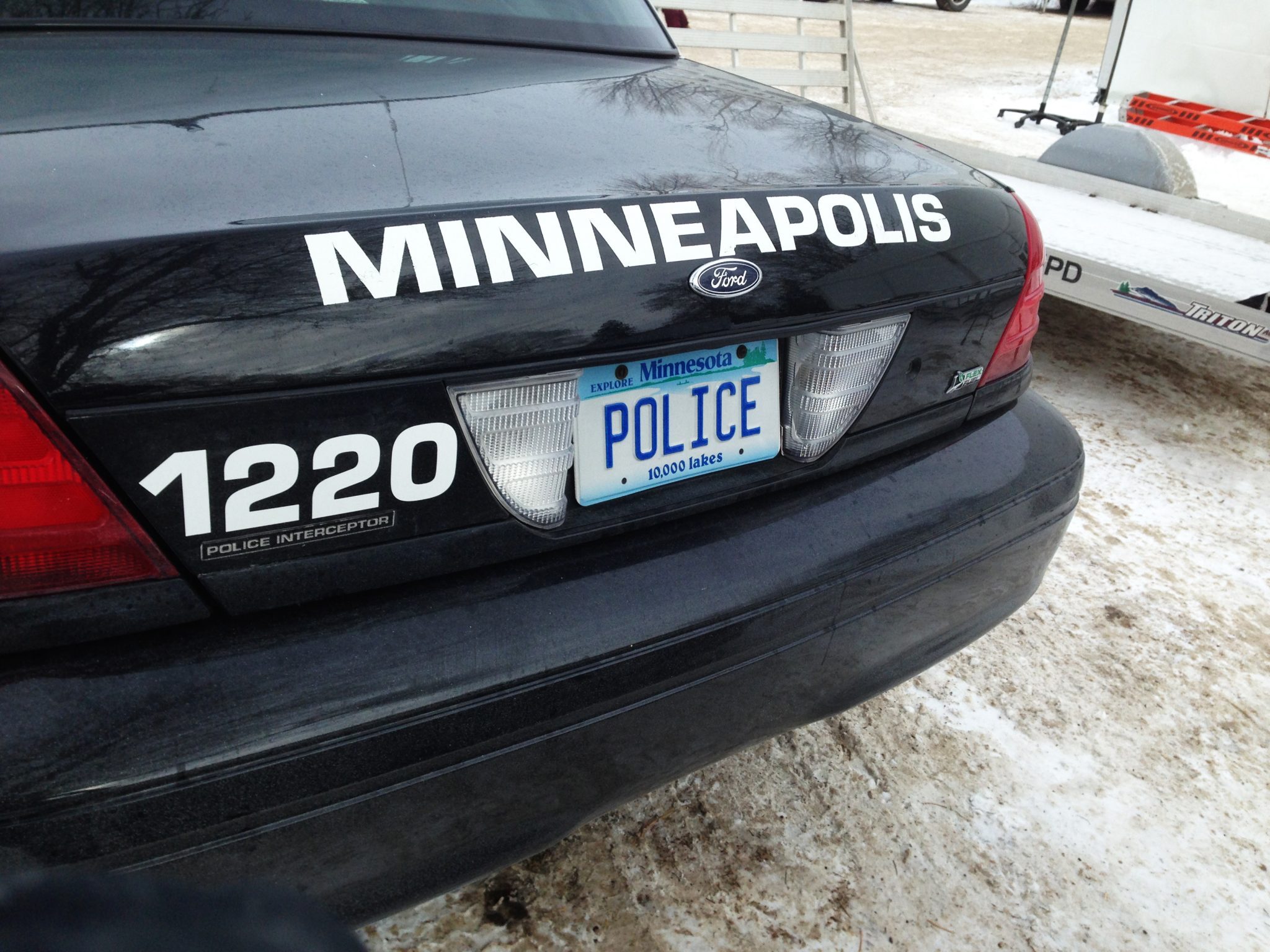
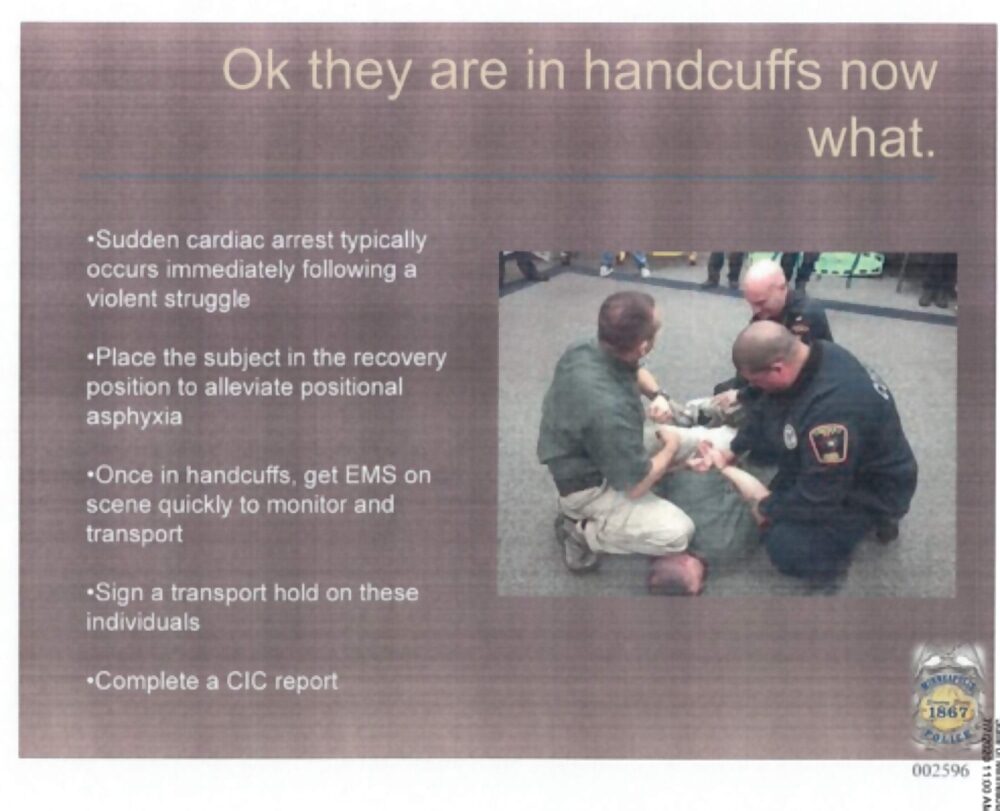
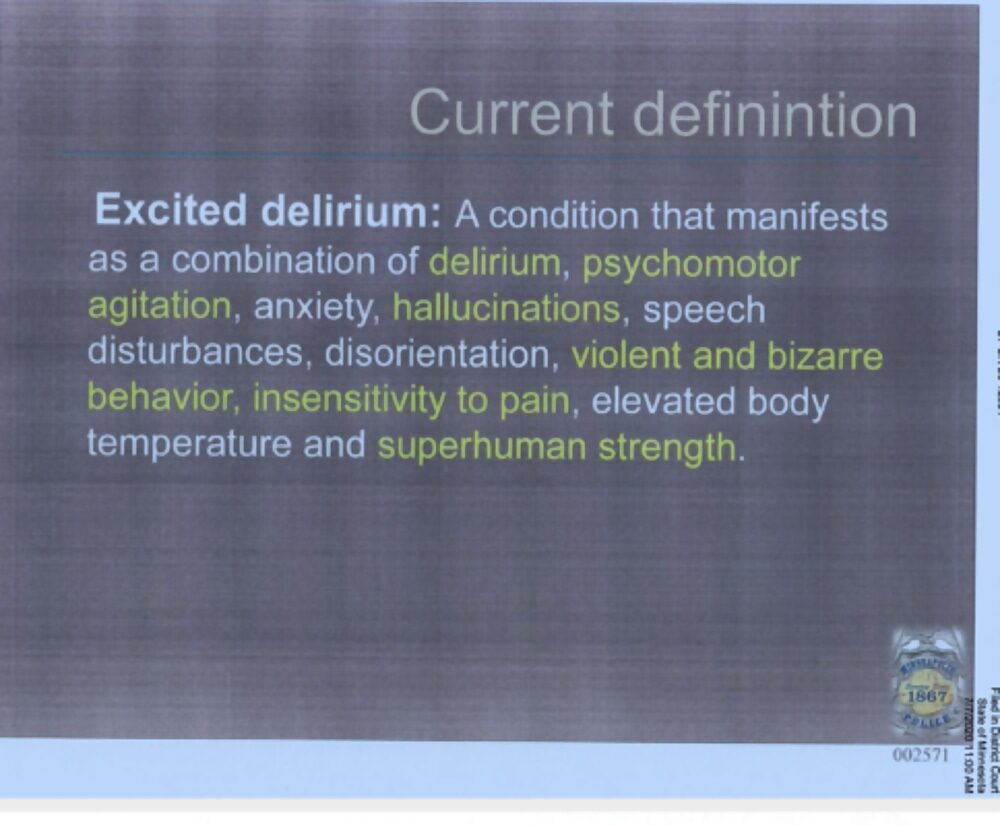
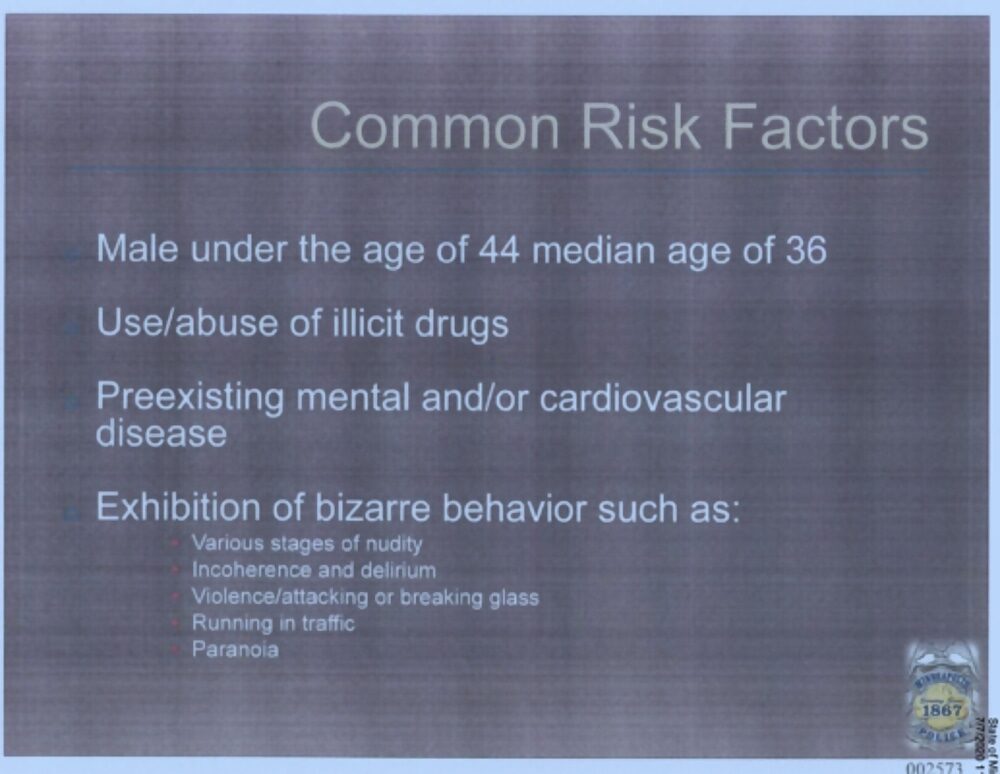
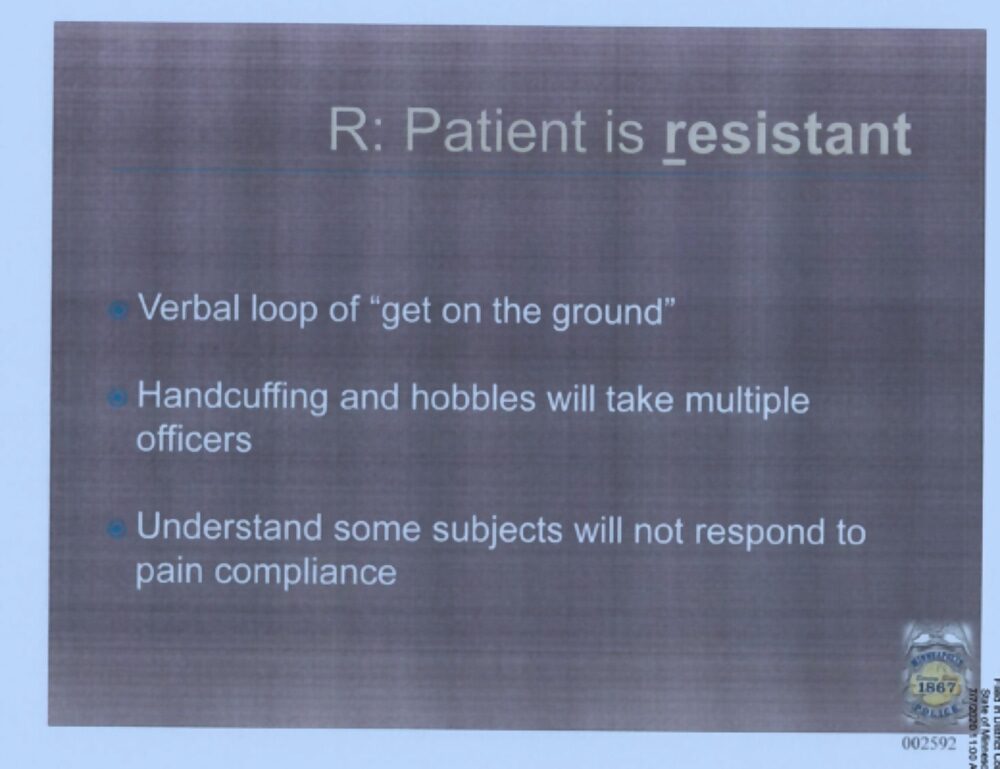
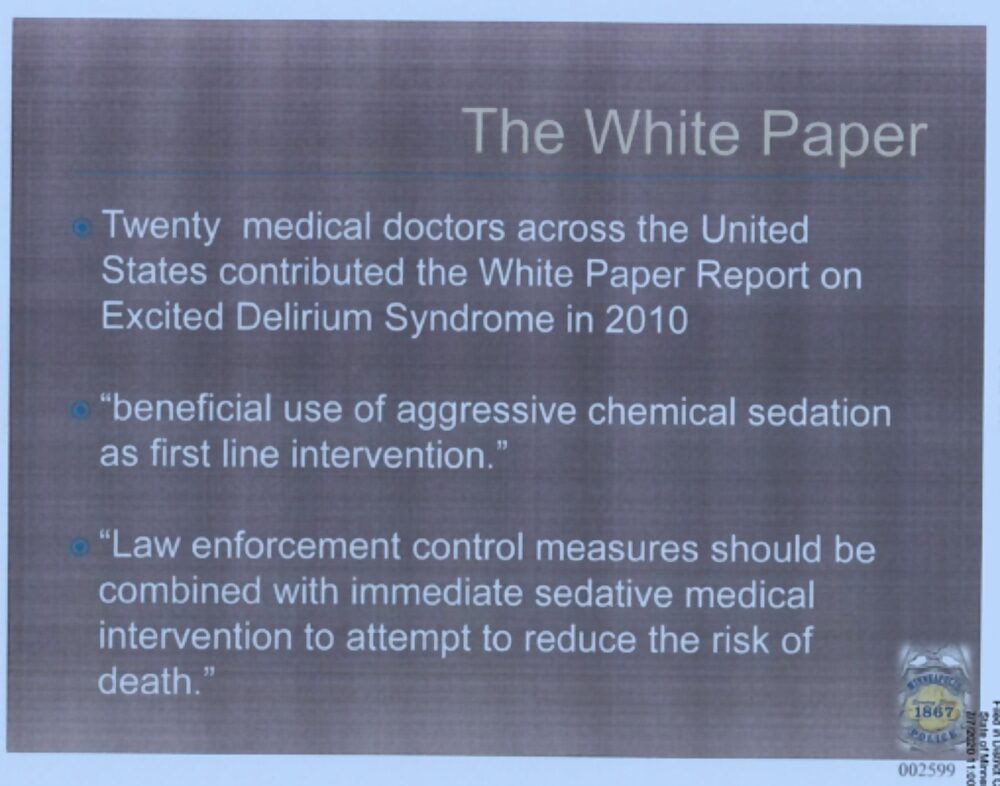



Reader Comments
Your theory would help explain how he got that much in his bloodstream. I wonder if they tested rectal muscles for such evidence. If not, his lawyers should try to get an exhumation order. I'm sure the idiots wouldn't riot. (Sarcasm re idiot reaction.)
RC
Nobody listened when Floyd repeated that he couldn't breathe and said they were killing him. He was right.
Sure, Chauvin was giving Floyd "respiratory aid," not slowly strangling him for almost nine minutes. This article tries to make everything nice-nice, but the fact remains that if these killers walk, the riots of the past couple of months will look like a church picnic. Remember what happened when the cops who mauled Rodney King were acquitted at their initial trial.
Floyd killed floyd.